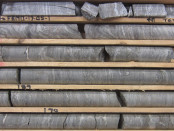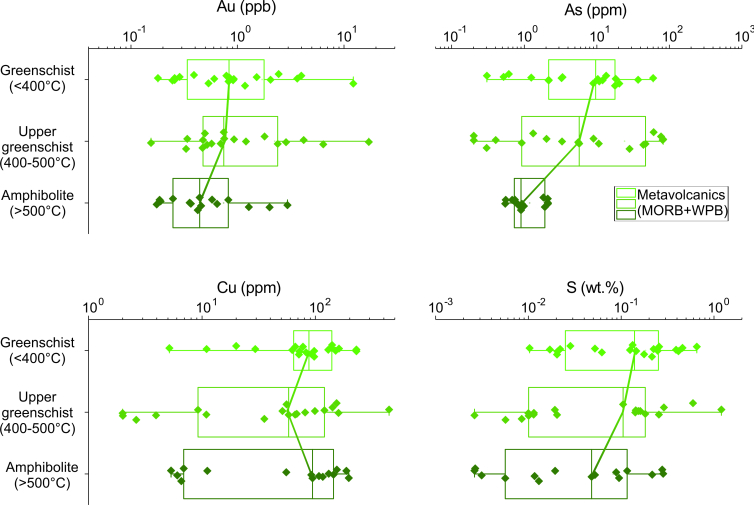
Source of the metals enriched in the orogenic Au deposits of the Central Lapland Greenstone Belt, Finland
- Ansprechperson:
Project Description
This project is a partnership between the geological survey of Finland (GTK, Finland), Stockholm University (Sweden) and KIT (Germany) which aims to investigate the source of the metals which are trapped in the orogenic Au deposits of the Central Lapland Greenstone Belt (CLGB), Finland. The project is partly financed by a DAAD-Finnish Academy travel grant.
Orogenic Au deposits are structurally controlled hydrothermal ore deposits that form in metamorphic orogenic belts and account for a significant proportion of the present and past global Au production. These deposits are the product of complex large scale processes which include the production of metal-rich fluids and their migration through the Earth’s crust to the site of metal precipitation. Production of these metal-rich fluids is of paramount importance in the formation of any hydrothermal ore deposit and recognition of geological formations as sources of metals is an important step for the investigation of hydrothermal ore deposit formation. Although the mechanisms responsible orogenic Au deposits formation are well constrained, the sources of the metals and the mineral reactions leading to the formation of Au-rich hydrothermal fluids are still debated, especially in Paleoproterozoic orogenic gold deposits.
The Paleoproterozoic CLGB hosts the largest Au deposit of Europe and has great potential for orogenic Au deposits. It is an excellent target for studies on origin of ore-forming components and fluids because both source areas of metals and deposits can be investigated. Additionally it contains orogenic gold deposits with typical (Au-only) and atypical (Au-Cu ± Co, Ni, Mo, U) metal associations in similar lithological and structural settings suggesting that metal mobilisation occur in different source areas. To better understand the genesis of the deposits we quantify how much metals are released during prograde metamorphism. To do so we use state of the art ultra-low detection limit whole rock analyses on various lithologies, from metasediments to metavolcanics, metamorphosed from greenschist up to granulite facies. Preliminary results show that different lithologies release different metals during prograde metamorphism and that different source areas are involved in the formation of the CLGB orogenic Au deposits.

